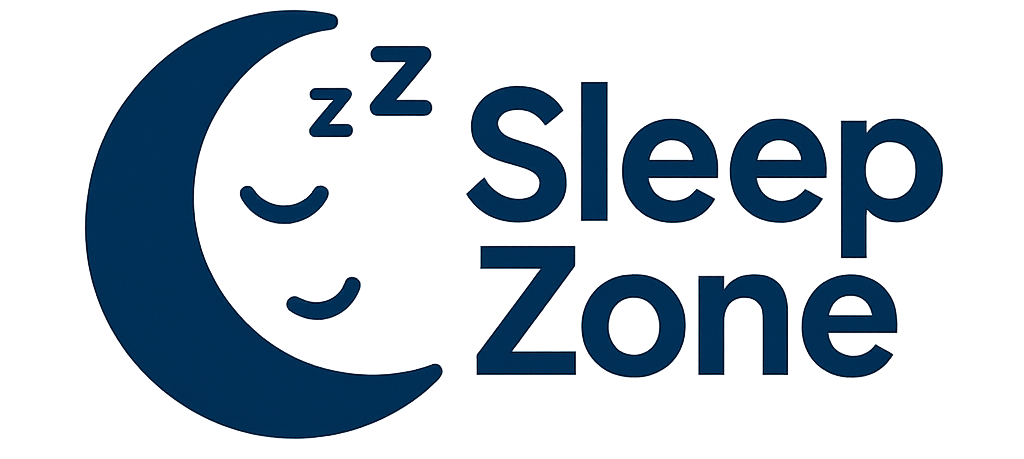Low testosterone can affect energy levels, muscle mass, mood, and overall vitality. While medical treatment may be necessary in some cases, incorporating specific exercises into your routine can naturally support healthy testosterone production. Here are seven proven exercises that can help optimize your hormone levels.
1. Heavy Compound Weightlifting
Compound movements like squats, deadlifts, and bench presses engage multiple muscle groups simultaneously, triggering significant testosterone release. These exercises create the metabolic stress your body needs to increase hormone production.
Focus on lifting heavy weights (75-85% of your one-rep max) for 3-5 sets of 5-8 repetitions. Rest 2-3 minutes between sets to allow for proper recovery and maximum testosterone response.
2. High-Intensity Interval Training (HIIT)
HIIT workouts alternate between short bursts of maximum effort and recovery periods. This training style has been shown to elevate testosterone levels more effectively than steady-state cardio.
Try sprinting for 30 seconds followed by 90 seconds of walking or light jogging. Repeat for 15-20 minutes, 2-3 times per week. You can apply this principle to cycling, rowing, or bodyweight exercises.
3. Barbell Squats
Squats are the king of testosterone-boosting exercises. They work your largest muscle groups including quads, glutes, hamstrings, and core, creating a powerful hormonal response.
Perform back squats with proper form, going as deep as your mobility allows. Aim for 4-5 sets of 6-10 reps with challenging weight. Include squats in your routine at least twice weekly for optimal results.
4. Olympic Lifts
Clean and jerks, snatches, and power cleans are explosive movements that require full-body coordination and power. These complex lifts stimulate testosterone production due to their high intensity and recruitment of fast-twitch muscle fibers.
Start with lighter weights to master the technique, then gradually increase load. Perform 3-5 sets of 3-5 reps with adequate rest between sets.
5. Pull-Ups and Chin-Ups
Upper body compound movements like pull-ups engage your back, biceps, shoulders, and core. The challenging nature of pulling your body weight stimulates significant muscle adaptation and hormone release.
If you can’t do full pull-ups yet, use resistance bands or an assisted pull-up machine. Work toward completing 3-4 sets of 8-12 repetitions with proper form.
6. Battle Rope Training
Battle ropes provide a unique combination of resistance training and cardiovascular conditioning. The explosive, full-body movements create metabolic stress that supports testosterone production.
Perform alternating waves, slams, or circular motions for 30-45 seconds, followed by 30 seconds rest. Complete 4-6 rounds. The intensity and upper body engagement make this excellent for hormonal health.
7. Resistance Training with Short Rest Periods
Circuit training with compound exercises and minimal rest (30-60 seconds between sets) creates metabolic stress and lactate buildup, both of which signal your body to increase testosterone production.
Design circuits with 4-5 exercises like dumbbell presses, rows, lunges, and planks. Perform each exercise for 10-15 reps before moving to the next with minimal rest. Complete 3-4 rounds.
Important Training Principles
To maximize testosterone benefits from your workouts, follow these guidelines:
- Keep workout duration under 60 minutes to prevent cortisol elevation
- Focus on progressive overload by gradually increasing weight or reps
- Allow adequate recovery with 48-72 hours between training the same muscle groups
- Maintain proper form to prevent injury and ensure optimal muscle engagement
- Stay consistent with your training schedule for sustained hormonal benefits
Beyond Exercise
While these exercises are powerful tools for supporting testosterone levels, remember that exercise is just one piece of the puzzle. Adequate sleep (7-9 hours), stress management, proper nutrition with sufficient protein and healthy fats, and maintaining a healthy body weight all play crucial roles in hormone optimization.
Consult with a healthcare provider if you suspect low testosterone or before starting any new exercise program, especially if you have existing health conditions.

